Caption: Max Lainfiesta, project managing the installation of roughly 180,000 solar modules (55 MW) in the Pacific Solar Energy Solar Power Plant in Nacaome, Honduras, 2015.
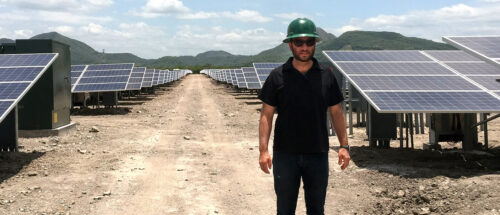
Max Lainfiesta: Building a Career and Cutting-Edge Energy Project Models to Extend Renewable Energy Access Globally
Max Lainfiesta grew up in Guatemala alongside solar water heaters, wind turbines, and innovative renewable energy experiments. Not so novel today, but this was in the 1980s, decades before most people were even talking about renewable energy let alone building systems.
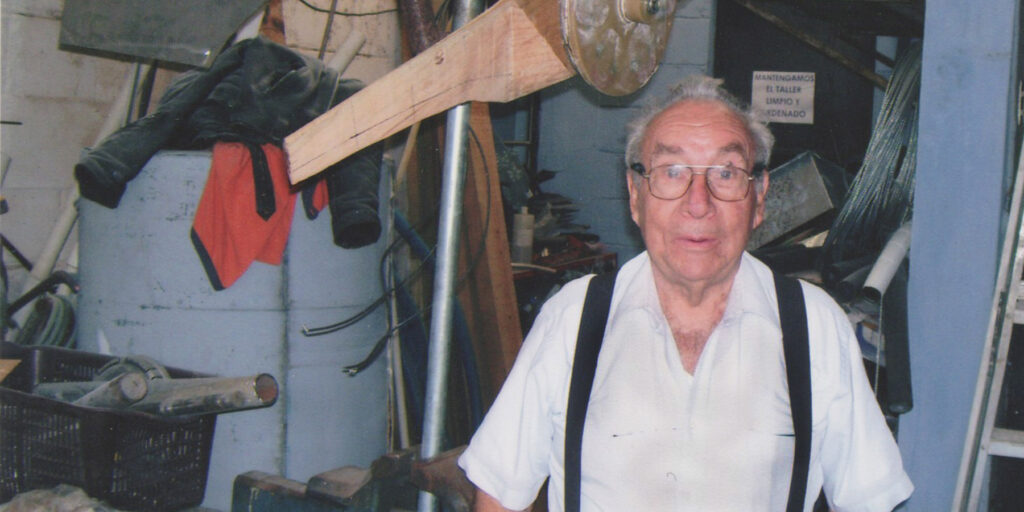
The pioneer behind these early green efforts? Lainfiesta’s father, also Maximiliano, a dentist with a knack for tinkering and obsession with renewable energy. By the time Max was born, in 1978, his father was already converting their house into a small-scale factory for solar water heaters. Those solar successes also inspired Max’s mom, Carlota, who began building solar food dryers to preserve unsold food from local markets.
Today, Max is carrying on the tradition — on a larger scale. “I became interested in renewables pretty much as soon as I was born,” Lainfiesta says. “My whole childhood I was either chopping fruit for the solar dryers, building and installing solar water heaters, testing different materials, and basically helping with whatever needed to be done.”

He credits his parents for instilling in him a life-long love for renewables. He eventually ended up studying environmental engineering at the Rural University of Guatemala, and then earning a master’s degree in renewable energy engineering at Galileo University, also in Guatemala.
At this point he was working full time in both of his family’s companies, the solar water heater company, Enersol, and the solar dryer company, Sol-o-Sol, while also teaching renewable energy part-time at two universities.
“I had no work-life balance. I was running myself ragged,” he said. “I realized I needed to make a change and decided that change would be getting a PhD.” He was fortunate to win a Fulbright scholarship to study in the United States. Wanting to go somewhere that wasn’t too cold, he ended up at Texas A&M University – Kingsville.
Digging Deeper
At Texas A&M, Lainfiesta met a mentor that would change his life: China-born Xuewei Zhang, an electrical engineer with a background in mathematics and advanced physics from MIT. At Texas, Zhang was known as a demanding professor, pushing his pupils to solve complex problems often beyond their abilities, while helping them stretch to find innovative solutions.
One day Zhang assigned a problem that demanded advanced calculus, an approach Lainfiesta hadn’t yet learned. Instead, he hacked the math, using a simple Excel spreadsheet to approximate the answer. Lainfiesta’s effort didn’t yield the correct answer, but Zhang liked that rather than give up, he stretched his skills to innovate a solution. Zhang not only offered Lainfiesta a job, the professor also became his thesis advisor.
For Lainfiesta, that was a major turning point. “I had this brilliant mind working with me — one on one — sometimes for hours a day. I have never worked so hard in my life,” he says. “I feel like I won the lottery because Dr. Zhang took the time to teach me things I didn’t think I could ever learn.”
At Zhang’s side, Lainfiesta grew fluent in energy modeling techniques involving advanced mathematics, computer modeling, and optimization, and pushed new methods to solve complex problems. The work eventually led him to RMI.
Building a Better Model to Scale Equitable Access to Clean Energy
Today, Lainfiesta is a senior associate in RMI’s Islands Energy Program, focusing on equitable access to solar-and-battery microgrids in Puerto Rico, the Dominican Republic, and beyond. And, carrying on Zhang’s inspiration, Lainfiesta continues to push for new methods to deliver game-changing analysis.
When he first started, for example, the program team hired an outside company to build a model to help design renewable microgrid systems and their respective finance solutions. Lainfiesta’s manager asked him to run the Excel model for the 16 projects he was working on. While the model was good, inputting data for so many projects was time consuming. Lainfiesta believed he could make a more efficient model that produced better results even faster.
At the core of scaling up equitable renewable energy projects is a vexing mathematical modeling challenge, the hunt for the optimal blend of subsidies and traditional financing from countless combinations. For Lainfiesta and his RMI team, finding this mathematical needle in a haystack can help deliver billions of dollars with the greatest impact.
Lainfiesta’s research led him to realize that a new tool promised a faster path to better answers. But that tool, Python, was a programming language he didn’t yet know — so he dove in. Lainfiesta spent weekends learning Python and building the model until “it started doing beautiful things,” he says.
Just minutes after inputting all the data, the model was yielding productive results, rendered in helpful graphs and charts. The team was so happy with it that in 2021 RMI and the Global Energy Alliance for People and Planet brought in Lillie Ogden and Jess Kersey, seasoned energy experts and programmers, to work on it. The new team members took Lainfiesta’s approach to a new level. Now it can design solar-plus-battery systems for any location in more than 100 languages.
But more than that, it can also design the financials for the system. In other words, it recommends the optimal way to pay for the system, including the ideal blend of grants and commercial financing. The system also provides the necessary data and analysis to share with banks, project developers, and facility owners in a simple visual format.
Lainfiesta is confident the model can go even further, to be used from the beginning of a project all the way to the end. For example, in addition to providing the technical and financial solutions, it could be used to administer how engineering, procurement, and construction contractors bid for the project execution, and financial institutions could use the online platform to evaluate projects and eventually bid to provide the financial solutions. Potentially, he believes, the model could even monitor how the system is performing technically and economically.
Pushing a Familiar Financial Model to New Uses
The blended finance model that RMI is optimizing is built on familiar terms — a mix of donations and traditional financing that’s used around the world in many markets, but often with little sophistication. “Every place in the world has subsidies,” he says. “Whether it’s for transportation, energy, or other things, subsidies aren’t always optimized. Governments are often designing them by intuition.”
The further he pushes the model, however, the more Lainfiesta is recognizing its potential to fund further climate solutions. For example, governments pay energy generators millions of dollars each year so that consumers can pay less for their electricity. “Instead of giving people reduced-price electricity, subsidizing each kilowatt hour, why not use the subsidy money to fund solar on people’s roofs?” Lainfiesta asks. Used this way, the same funds could deliver similar economic benefits to end users, but also fund permanent reductions in emissions.
“There are those who support the implementation of subsidies and those who prefer not to use them and advocate the idea of letting the market regulate itself without any intervention,” says Kaitlyn Bunker, co-director of RMI’s Islands Energy Program. “The reality is that subsidies exist and if their use is optimized, it could accelerate the adoption of renewable energy.”
The Model in Action
Lainfiesta is putting this model to practice, driving equitable access to clean, affordable energy.
In Puerto Rico, the model is a part of the Community Energy Resilience Initiative that is scaling local energy resilience in low- to middle-income communities and allowing critical facilities, such as hospitals and fueling stations, to remain functional during extreme hurricanes.
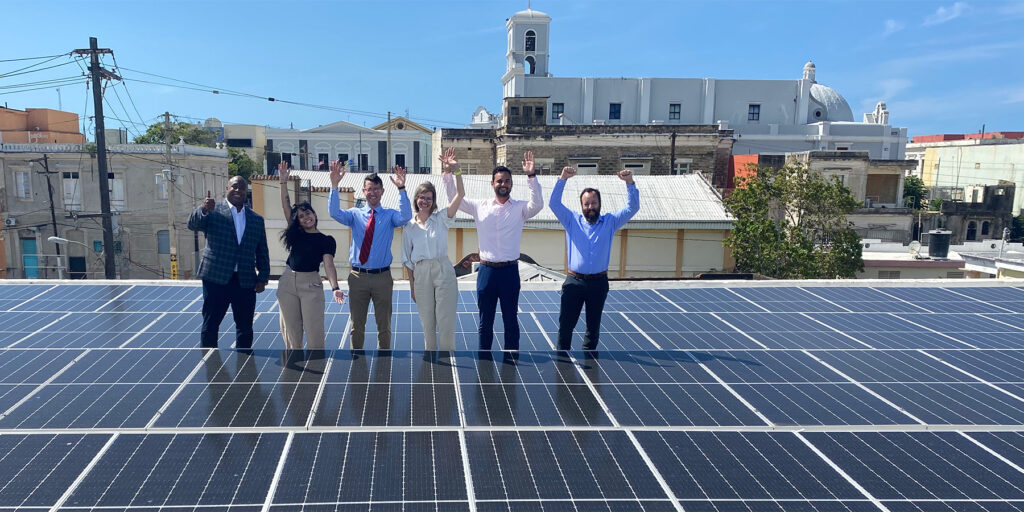
In the Dominican Republic, the model is providing insights on how to optimize existing energy subsidies and enabling millions of dollars in de-risked loans provided by local financial institutions.
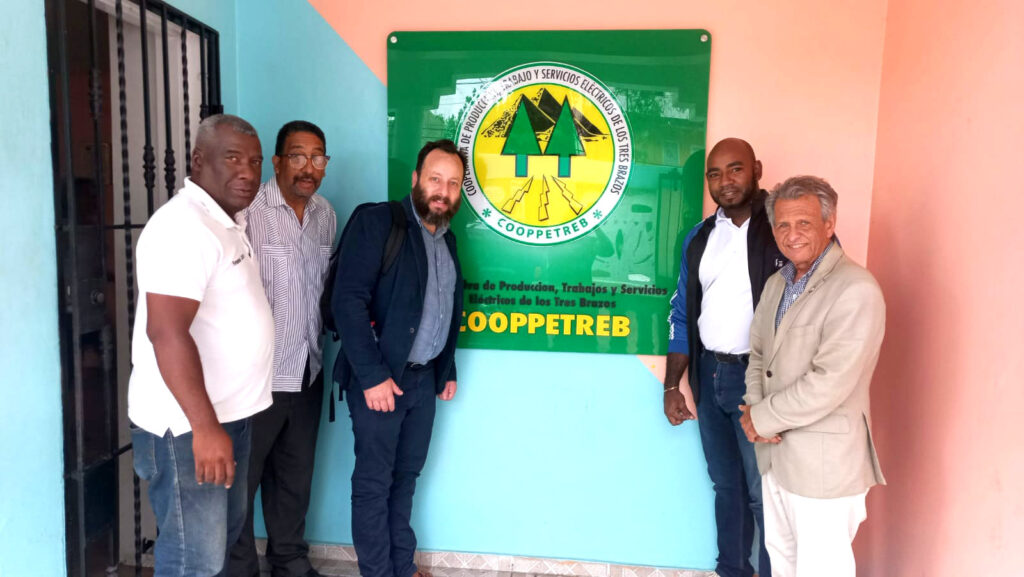
“Hundreds of hours have been spent to create a model that is now providing valuable insights for project development in the Caribbean,” says Lainfiesta. “Renewable energy projects are complex by nature, and I feel happy that we have a tool that allows us to reduce the time we spend doing calculations and can focus more time on scaling.”
Looking ahead, Lainfiesta has an even bigger vision of the impact the model can make. “The world will need to deploy trillions of dollars for renewables in the next 30 years. There is not a tool out there to help us deploy that money now,” he says. “If we can use this model to optimize that spending, it could go a large way toward solving a global problem.”
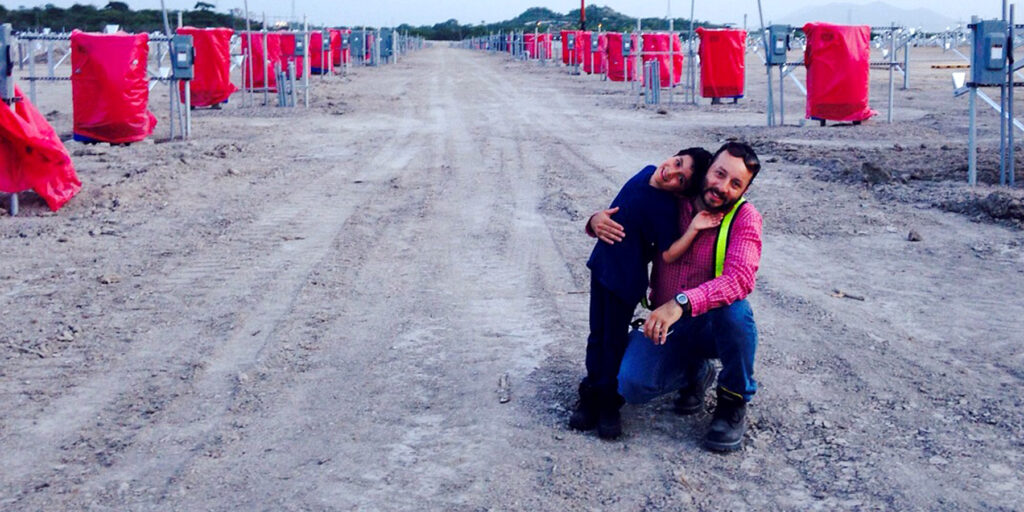
For more information on the modeling tool, please email CERI@rmi.org.